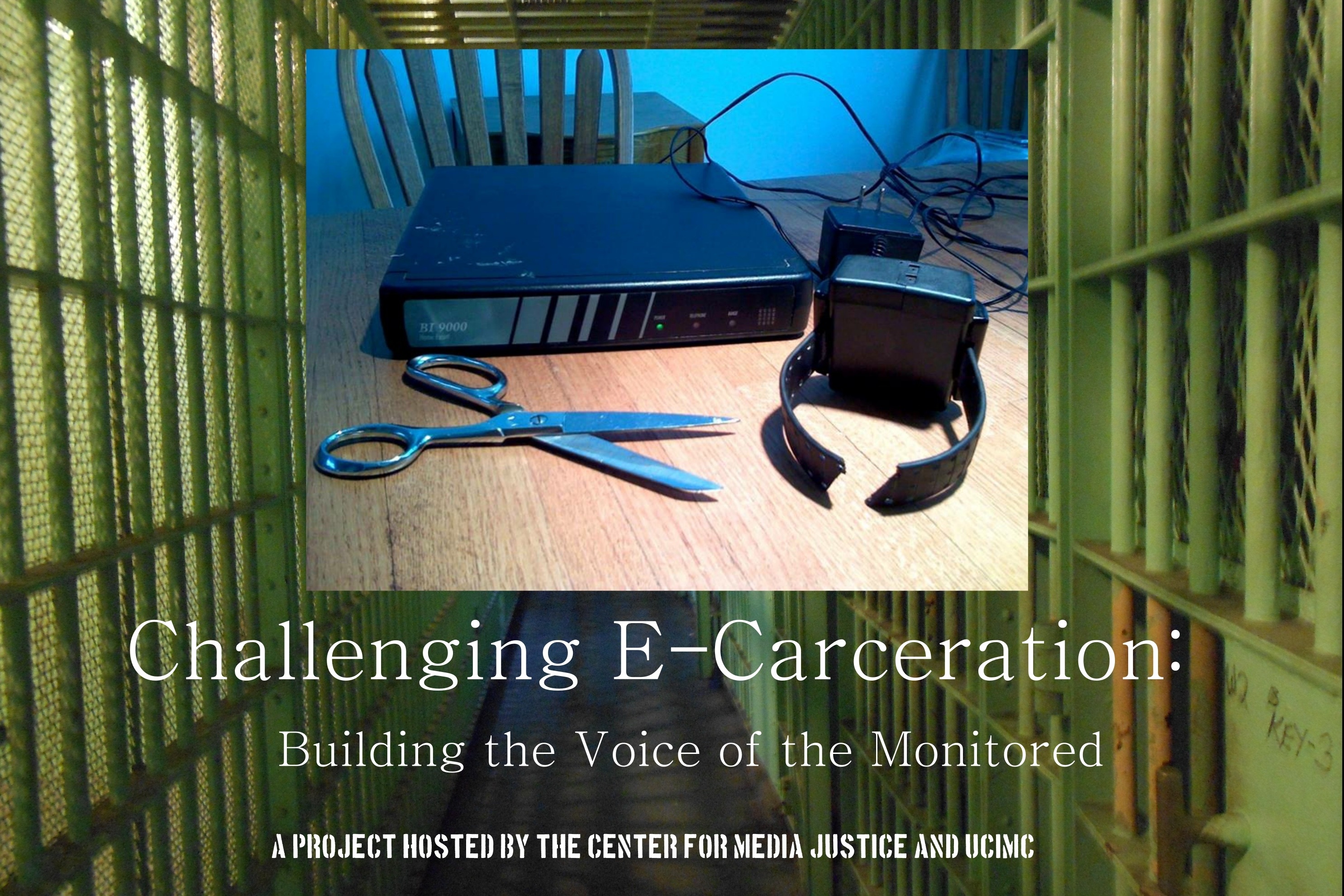Criminal justice advocates have been working hard to abolish cash bail schemes and dismantle the prison industrial complex. And one of the many tools touted as an alternative to incarceration is electronic monitoring or “EM”: a form of digital incarceration, often using a wrist bracelet or ankle “shackle” that can monitor a subject’s location, blood alcohol level, or breath. But even as the use of this new incarceration technology expands, regulation and oversight over it—and the unprecedented amount of information it gathers—still lags behind.
There are many different kinds of electronic monitoring schemes:
- Active GPS tracking, where the transmitter monitors a person using satellites and reports location information in real time at set intervals.
- Passive GPS tracking, where the transmitter tracks a person's activity and stores location information for download the next day.
- Radio Frequency ("RF") is primarily used for “curfew monitoring.” A home monitoring unit is set to detect a bracelet within a specified range and then sends confirmation to a monitoring center.
- Secure Continuous Remote Alcohol Monitoring ("SCRAM") - analyzes a person's perspiration to extrapolate blood alcohol content once every hour.
- Breathalyzer monitoring reviews and tests a subject’s breath at random to estimate BAC and typically has a camera.
Monitors are commonly a condition of pre-trial release, or post-conviction supervision, like probation or parole. They are sometimes a strategy to reduce jail and prison populations. Recently, EM’s applications have widened to include juveniles, the elderly, individuals accused or convicted of DUIs or domestic violence, immigrants awaiting legal proceedings, and adults in drug programs.
This increasingly wide use of EM by law enforcement remains relatively unchecked. That’s why EFF, along with over 50 other organizations, has endorsed a set of Guidelines for Respecting the Rights of Individuals on Electronic Monitoring. The guidelines are a multi-stakeholder effort led by the Center for Media Justice's Challenging E-carceration project to outline the legal and policy considerations that law enforcement’s use of EM raises for monitored individuals’ digital rights and civil liberties.

For example, a paramount concern is the risk of racial discrimination. People of color tend to be placed on EM far more often than their white counterparts. For example, Black people in Cook County, IL make up 24% of the population, yet represent 70% of people on EM. This ratio mirrors the similarly skewed racial disparity in physical incarceration.
Another concern is cost shifting. People on EM often pay user fees ranging from $3-$35/day along with $100-$200 in setup charges, shifting the costs of electronic incarceration from the government to the monitored and their families. Usually, this disproportionately affects poor communities of color who are already over-policed and over-represented within the criminal justice and immigration systems.
Then there are the consequences to individual privacy that threaten the rights not just of the monitored, but also of those who interact with them. When children, friends, or family members rely on individuals on EM for transportation or housing, they often suffer privacy intrusions from the same mechanisms that monitor their loved ones.
Few jurisdictions have regulations limiting access to location tracking data and its attendant metadata, or specifying how long such information should be kept and for what purpose. Private companies that contract to provide EM to law enforcement typically store location data on monitored individuals and may share or sell clients’ information for a profit. This jeopardizes the safety and civil rights not just of the monitored, but also of their families, friends, and roommates who live, work, or socialize with them.
Just one example of how location information stored over time can provide an intimate portrait of someone’s life, and even be harvested by machine learning inferences to detect deviations in regular travel habits, is featured in this bi-analytics marketing video.
So, what do we do about EM? We must demand strict constitutional safeguards against its misuse, especially because “GPS monitoring generates [such] a precise, comprehensive record of a person’s public movements that reflects a wealth of detail about her familial, political, professional, religious, and sexual associations” as the U.S. Supreme Court recognized in U.S. v. Jones. Recent studies by the Pew Research Center in 2014 show that 82% of Americans consider the details of their physical location over time to be sensitive information, including 50% of Americans who consider it to be “very sensitive.” Thus, law enforcement should be required to get a warrant or other court order before using EM to track an individual’s location information.
For criminal defense attorneys looking for more resources on fighting EM, review our one-pager explainer and practical advice. And if you seek amicus support in your case, email stephanie@eff.org with the following information:
- Case name & jurisdiction
- Case timeline/pending deadlines
- Defense Attorney contact information
- Brief description of your EM issue













